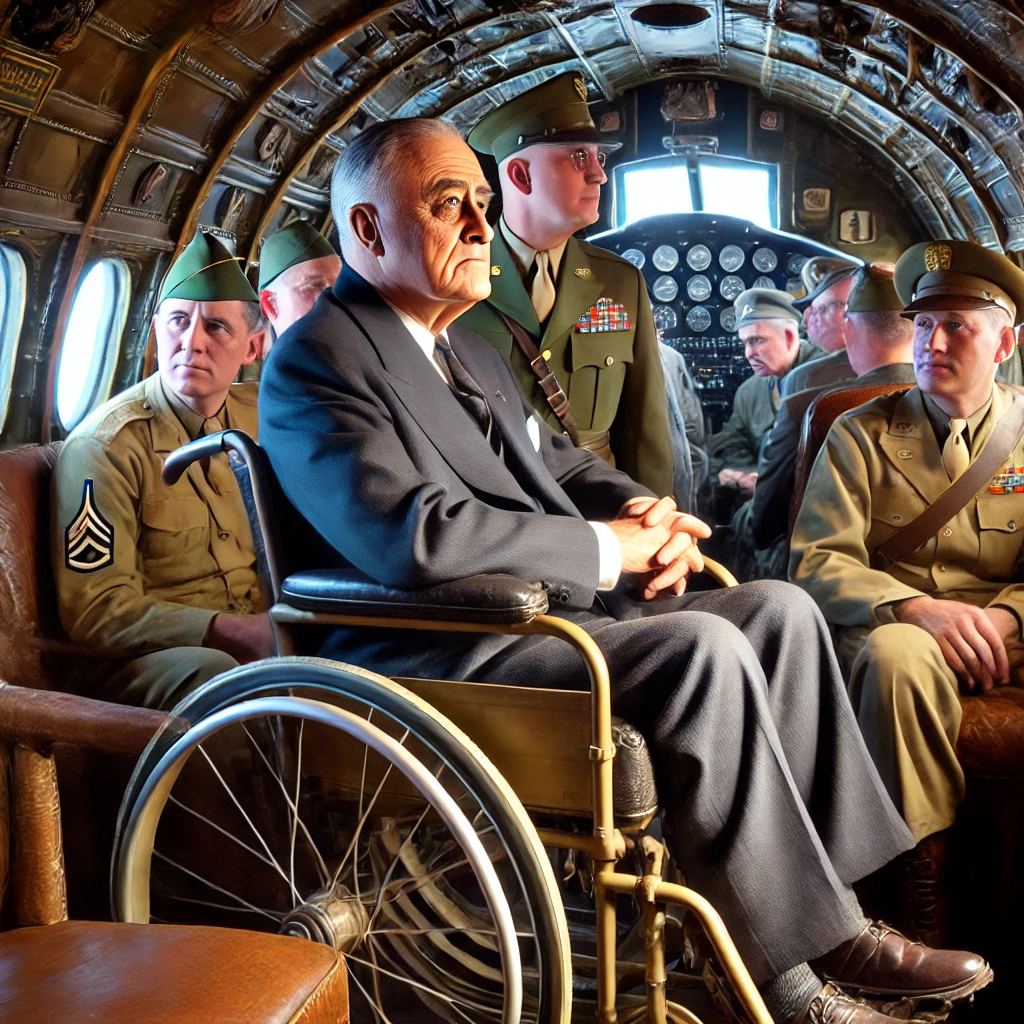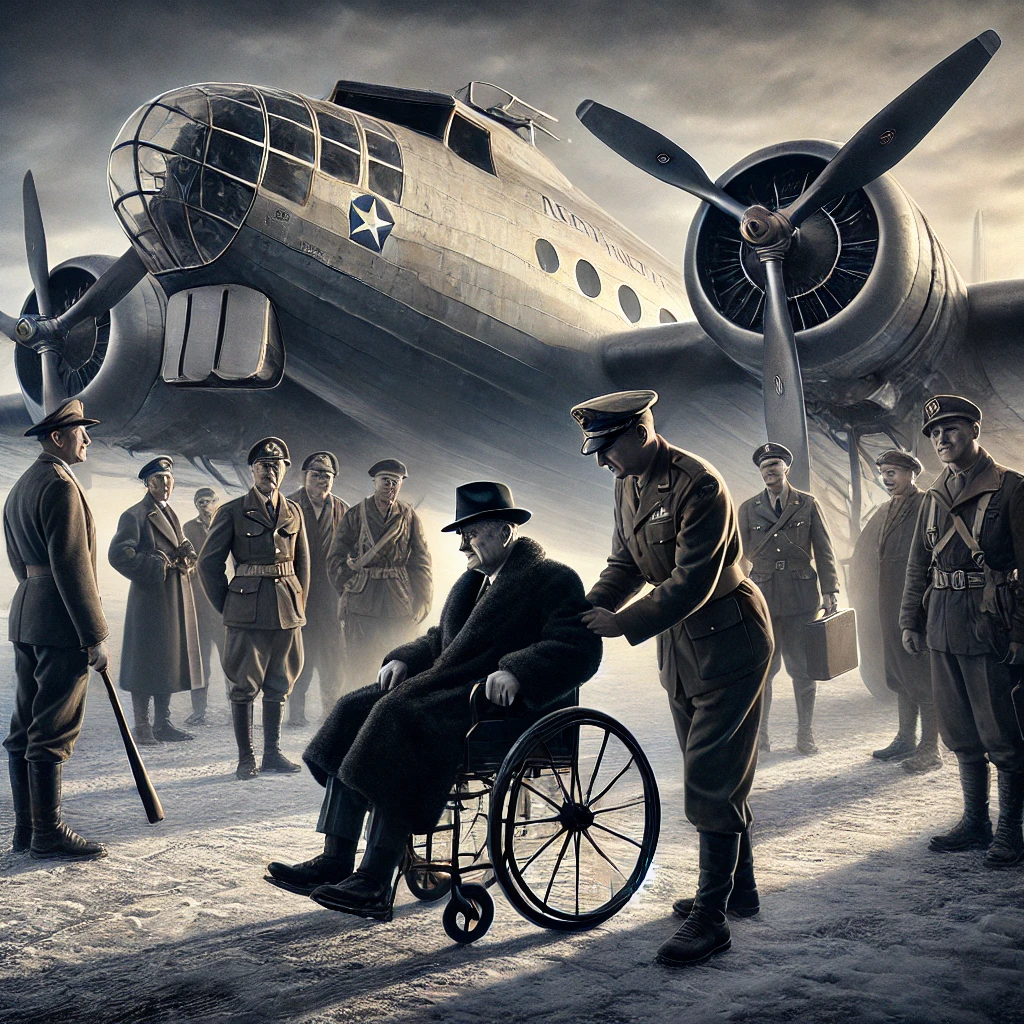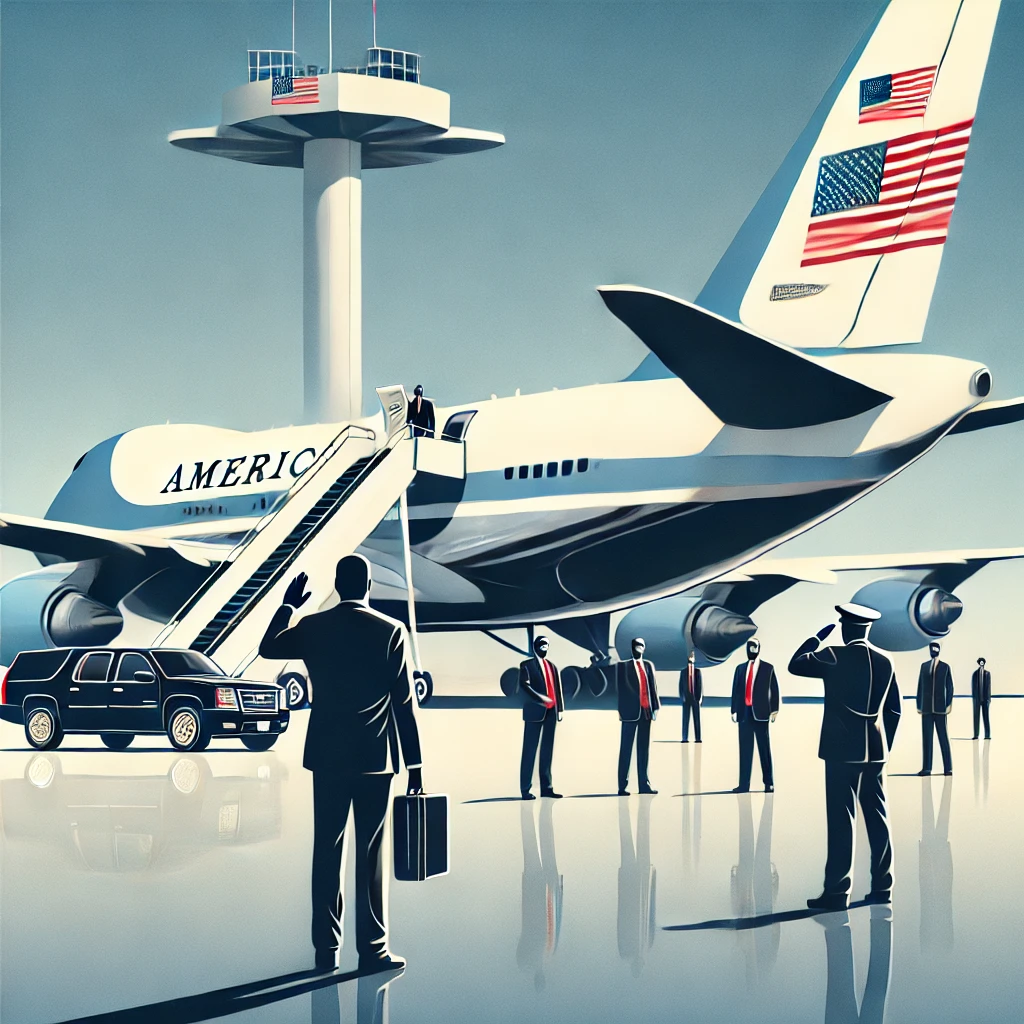A pioneering moment in presidential history occurred on January 14th, 1943, when Franklin D. Roosevelt became the first U.S. president to travel by airplane on official business. This groundbreaking event not only marked a significant shift in presidential transportation but also symbolized the evolving role of technology during a time of global conflict.

A Wartime Necessity
The historic flight was not merely a technological experiment but a wartime necessity. With World War II raging, Roosevelt needed to attend the Casablanca Conference in Morocco to strategize with Allied leaders Winston Churchill and Charles de Gaulle. Traveling by sea posed significant risks due to German U-boat activity in the Atlantic. Air travel offered a faster and safer alternative, albeit one that came with its own uncertainties.
Roosevelt’s journey aboard the Boeing 314 Clipper, known as the “Dixie Clipper,” was meticulously planned to ensure his safety. The flight was shrouded in secrecy, with the president departing from Miami under strict security measures. This daring decision underscored the urgency of the Allied cause and Roosevelt’s commitment to leading from the front lines, even at great personal risk.
The Significance of the Flight

Roosevelt’s historic journey marked a turning point in how U.S. presidents conducted international diplomacy. Prior to this, long-distance travel by presidents was rare and typically limited to train or ship. The ability to fly not only reduced travel time but also expanded the scope of presidential engagement on the world stage.
The Casablanca Conference itself was a pivotal moment in the war. It resulted in critical decisions, including the demand for Germany’s unconditional surrender and plans for the invasion of Sicily. Roosevelt’s presence at the conference demonstrated the importance of face-to-face diplomacy and the necessity of adapting to new technologies to meet the challenges of a rapidly changing world.
Lasting Impact on Presidential Travel
The precedent set by Roosevelt’s flight has had a lasting impact on presidential transportation and logistics. Every U.S. president since has relied on air travel for both domestic and international trips. The establishment of Air Force One as the official presidential aircraft further institutionalized this mode of travel, ensuring security, efficiency, and communication capabilities for the commander-in-chief.
Roosevelt’s decision to embrace air travel also highlighted the broader societal shift toward modern aviation as a reliable and essential means of transportation. In the decades following World War II, commercial aviation boomed, transforming global connectivity and fostering economic growth.
A Legacy of Innovation and Leadership

Franklin D. Roosevelt’s groundbreaking flight in 1943 symbolizes more than a moment in history; it represents the enduring need for leadership to embrace innovation in the face of adversity. By trusting in the capabilities of aviation, Roosevelt not only advanced the war effort but also paved the way for future presidents to adapt to new technologies in service of the nation.
This pioneering journey remains a testament to Roosevelt’s boldness and vision, reminding us that progress often begins with a willingness to take flight into the unknown.
